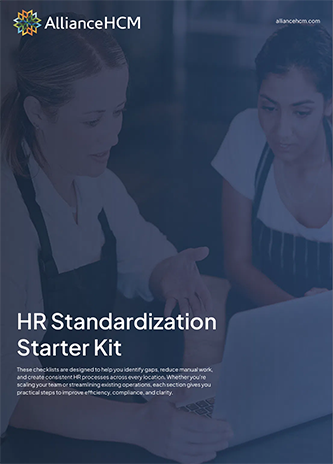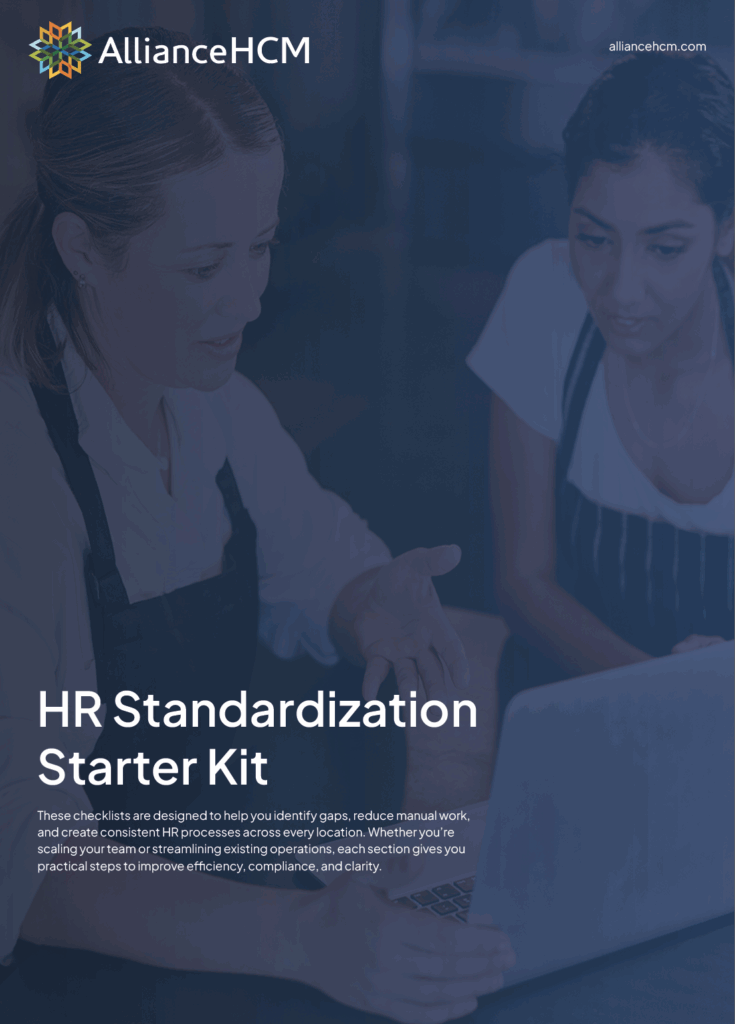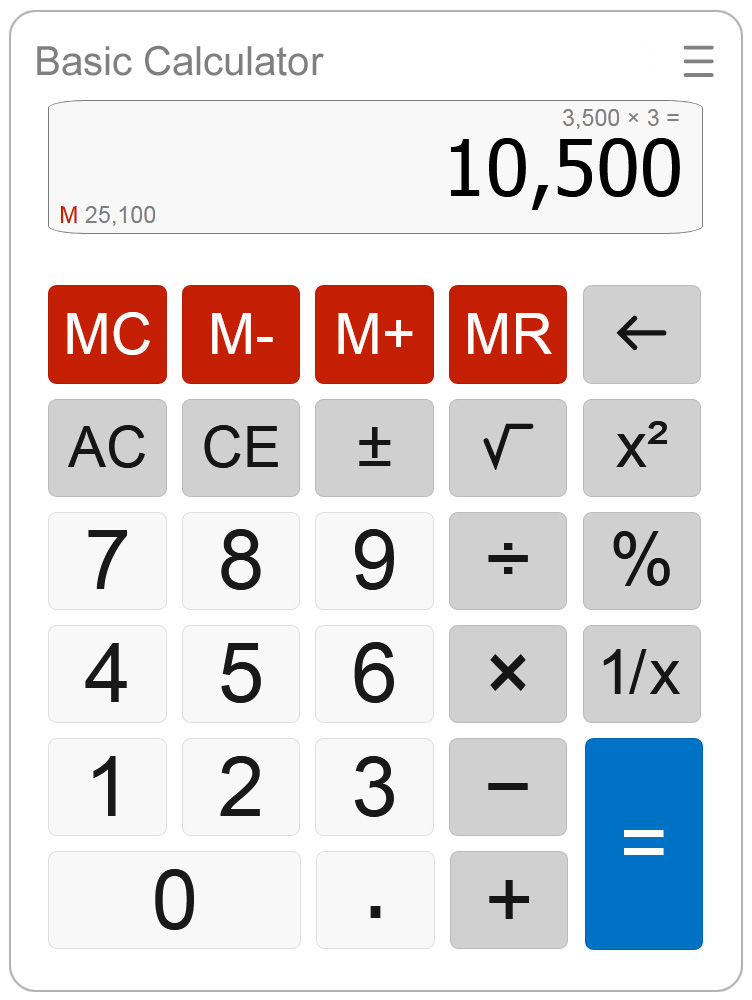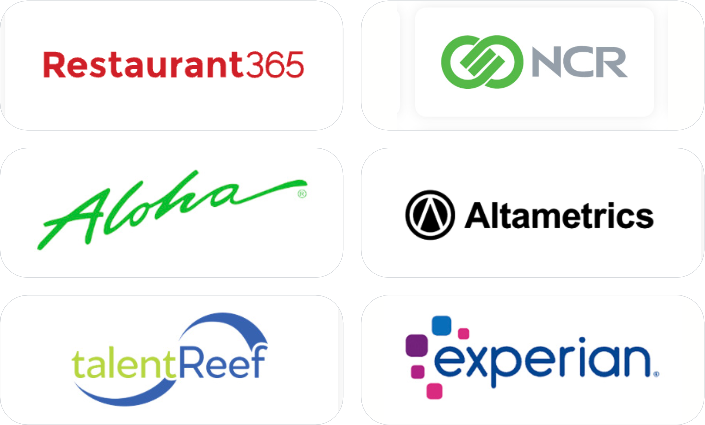The quick-service restaurant (QSR) landscape is changing, and here’s an exciting trend to note: many QSRs are steering away from third-party delivery platforms like UberEats and DoorDash to create their own delivery apps. By doing so, they’re reclaiming control over how they interact with you, the customer, enhancing direct connections, and boosting their earnings by cutting out third-party fees. Investing in their own technology not only streamlines their operations but also helps them collect crucial customer insights, allowing them to fine-tune marketing strategies and solidify your loyalty to their brand. This move marks a pivotal shift in the QSR world, geared towards catering to your desire for a smooth, integrated digital dining experience.
Key Takeaways
- QSRs are moving away from third-party platforms. Quick-service restaurants are increasingly building their own delivery apps to avoid high commission fees from services like UberEats and DoorDash.
- Cutting out the middleman boosts profits and control. By owning the delivery process, QSRs can improve customer experience, reduce costs, and gain control over brand consistency.
- In-house delivery drives better customer relationships. Direct platforms allow QSRs to personalize interactions, collect valuable customer data, and enhance loyalty through tailored marketing.
- Top brands are already seeing results. McDonald’s, Subway, and Burger King have successfully adopted proprietary apps, leading to increased order frequency, engagement, and operational efficiency.
- Customer data is a strategic asset. First-party apps unlock behavioral insights that drive more effective marketing and personalized promotions, improving ROI and repeat sales.
- Third-party services come with drawbacks. Platforms like UberEats dilute brand control, charge high fees, and block access to critical customer data, hindering long-term strategy.
- Challenges exist but are manageable. While upfront costs, technical requirements, and adoption hurdles are real, the long-term benefits of customer control and profitability outweigh the risks.
- A clear industry shift is underway. As digital expectations grow, QSRs that invest in their own platforms are better positioned to lead in convenience, customer satisfaction, and long-term growth.
Why QSRs Are Cutting Out the Middleman And Going Solo
It’s clear that many quick-service restaurants are recognizing the value of forging a more direct path to their customers. By creating their own delivery platforms, these brands are cutting out the middleman, eliminating hefty commissions traditionally paid to third-party services. This not only saves money but also allows QSRs to channel those financial resources into improving the customer experience.
In this new era of digital transformation, owning the customer journey from start to finish is more than just a strategic advantage—it’s a necessity. By developing proprietary apps, restaurants can ensure consistent branding and personalized service, while also gaining direct access to consumer preferences and habits. This treasure trove of data unlocks new possibilities for targeted marketing campaigns, ultimately leading to more relevant customer interactions and promotions.
Furthermore, by integrating advanced self-service technologies like in-store kiosks, QSRs are reducing reliance on traditional staffing, thereby streamlining operations. This approach allows for faster service, meeting consumer demand for quick and convenient dining experiences. Businesses like McDonald’s and Subway, for instance, are heavily investing in these technologies, enhancing both their in-store and digital servicing capabilities.
The shift away from third-party delivery services is not just about saving on commissions; it’s about redefining the customer relationship. In taking control of their delivery channels, QSRs are poised to build stronger consumer loyalty and foster a sense of community around their brand, aligning perfectly with modern customer expectations of seamless and integrated interactions.
The Financial Upside of In-House Delivery Solutions
Shifting to an in-house delivery model offers significant financial benefits for QSRs. By cutting out third-party delivery platforms, QSRs save on hefty commission fees, sometimes up to 30% per order, streamlining revenue and boosting profits.
In-house delivery ensures reliable service by managing their own operations, enhancing customer satisfaction. Complete control over the user experience allows a seamless journey that aligns with brand values.
Investing in proprietary tech reduces dependency and speeds up adaptation to market changes. AI-driven insights optimize delivery logistics and enhance user experience, fostering customer loyalty.
While the initial investment in an in-house app is substantial, the strategic gains in profitability and operational control are crucial in the digital dining landscape.
- Third-party delivery services can take up to 20% of a restaurant’s revenue
- Customer data collection through direct apps can improve marketing ROI by 20%
- Restaurants using proprietary apps report a 15% increase in order frequency
Leveraging Customer Data: A New Era for QSRs
By opting for in-house delivery apps, QSRs unlock a treasure trove of customer data. This data provides insights into ordering habits, peak order times, and customer preferences, enabling these restaurants to refine their offerings and tailor promotions that resonate with their audience. Beyond just understanding consumer behavior, these insights allow for the creation of personalized dining experiences which build a stronger rapport with customers.
Imagine receiving a personalized deal just as you’re browsing your favorite fast-food app, or getting a notification about a new menu item tailored to your last order. This level of personalization is made possible by harnessing customer data effectively. Moreover, with the integration of advanced technologies like Artificial Intelligence, QSRs can anticipate customer needs, suggest complementary items, and streamline the entire ordering process for a more seamless experience.
As QSRs delve into leveraging customer data, they are not only enhancing the customer’s journey but also fortifying their position in a competitive market. The strategic use of this data ensures that QSRs remain one step ahead in delivering what customers want, when they want it, ultimately driving brand loyalty and repeat purchases.
The Downside of Third-Party Delivery Services
While third-party delivery services like UberEats and DoorDash have revolutionized convenience for customers, they come with significant drawbacks for QSRs.
Firstly, these platforms act as intermediaries, diluting the direct relationship you cultivate with your customers. This distance can create a disconnect in the brand experience, often affected by the platform’s interface and delivery reliability.
Moreover, these services tend to charge hefty commission fees, sometimes as high as 30%, eating into already thin profit margins. This financial burden can be a serious challenge when striving to maintain competitive pricing or improve quality.
The data ownership issue also looms large. By relying on third-party services, restaurants miss out on valuable insights into customer preferences and behaviors. Without direct access to these analytics, you’re less equipped to tailor and optimize marketing efforts or improve customer satisfaction directly.
Finally, brand control is not just about customer interaction but also about the overall customer journey, from order placement to delivery. Any misstep by the third-party service reflects back on your brand, potentially impacting customer loyalty and perception.
QSRs Thriving with Their Own Apps
Let’s take a closer look at how some QSRs are capitalizing on their custom delivery apps to soar ahead of the competition. One notable example is McDonald’s, which has invested heavily in its own app, resulting in a significant boost in both customer engagement and sales. By eliminating third-party delivery fees and promoting exclusive deals via their mobile platform, McDonald’s has successfully enhanced customer loyalty and reduced operational costs.
Similarly, Subway has taken strides with their integrated app experience, offering personalized meal suggestions and seamless ordering processes. This approach not only streamlines the customer journey but also provides Subway with invaluable data to refine their marketing strategies and improve customer satisfaction — a win-win for both the business and its patrons.
On the innovation front, Burger King is leveraging their app to integrate technologies like touchless payments and personalized offers based on purchase history. By doing so, they enhance customer convenience while also pushing the envelope in tech-centric dining experiences. These advancements signify a decisive move towards a more connected and data-driven approach in the QSR industry.
These brands illustrate the powerful potential inherent in adopting proprietary delivery solutions. They are not just improving their bottom lines but are also redefining customer experiences, fostering stronger brand loyalty, and setting new industry standards. As a result, these companies are well-positioned for growth and resilience in an increasingly digital world.
Navigating the Challenges of Developing a Custom App
Embarking on the journey of creating a custom app for your quick-service restaurant (QSR) presents its own set of challenges. However, understanding these hurdles can help you make informed decisions as you craft a solution that aligns with your brand’s unique needs.
Technical Expertise: Building an app requires a solid foundation in mobile technology. You might face the hurdle of recruiting the right talent with expertise in app development. This includes developers who are proficient in user interface design, ensuring the app is intuitive and easy for your customers to use.
Budget Considerations: The financial investment in developing an in-house application can be substantial. It’s essential to balance the initial development costs against the long-term benefits of increased control over the customer experience. Be prepared to allocate resources not only for development but also for ongoing maintenance and updates, which are crucial to keep your app competitive and functional.
Integration Challenges: Seamless integration with existing systems, such as your inventory management and point of sale (POS) systems, is critical. Overlook this, and you may face operational disruptions. Ensuring that your app can effortlessly connect with these backend systems is crucial to provide customers with a smooth experience from order placement to delivery.
Marketplace Differentiation: Crafting a distinct value proposition for your app is essential to stand out against established third-party platforms. Consider what unique offerings your QSR can present through your app — perhaps exclusive deals, loyalty programs, or tailored marketing efforts that leverage the treasure trove of customer data you’ll gather.
Customer Adoption: Encouraging your customers to make the switch from third-party apps to your first-party solution can be challenging. Investing in promotional campaigns that highlight the benefits of using your app, such as faster service speed and personalized offers, can drive adoption rates.
By acknowledging and addressing these challenges, you can create a robust, customer-friendly app that stands out in the crowded QSR marketplace. Remember, the ultimate aim is to enhance the overall customer experience while simultaneously boosting your business’s bottom line.
As the quick-service restaurant industry continues its digital transformation, creating in-house delivery platforms represents a pivotal shift. It’s more than just following a trend—it’s about seizing the opportunity to reconnect with customers in meaningful ways. By adopting advanced technologies and leveraging customer data to hone personalized experiences, QSRs can forge ahead, enhancing both profitability and customer loyalty. Ultimately, embracing these innovations propels your business towards a more integrated, efficient, and customer-centric future.





